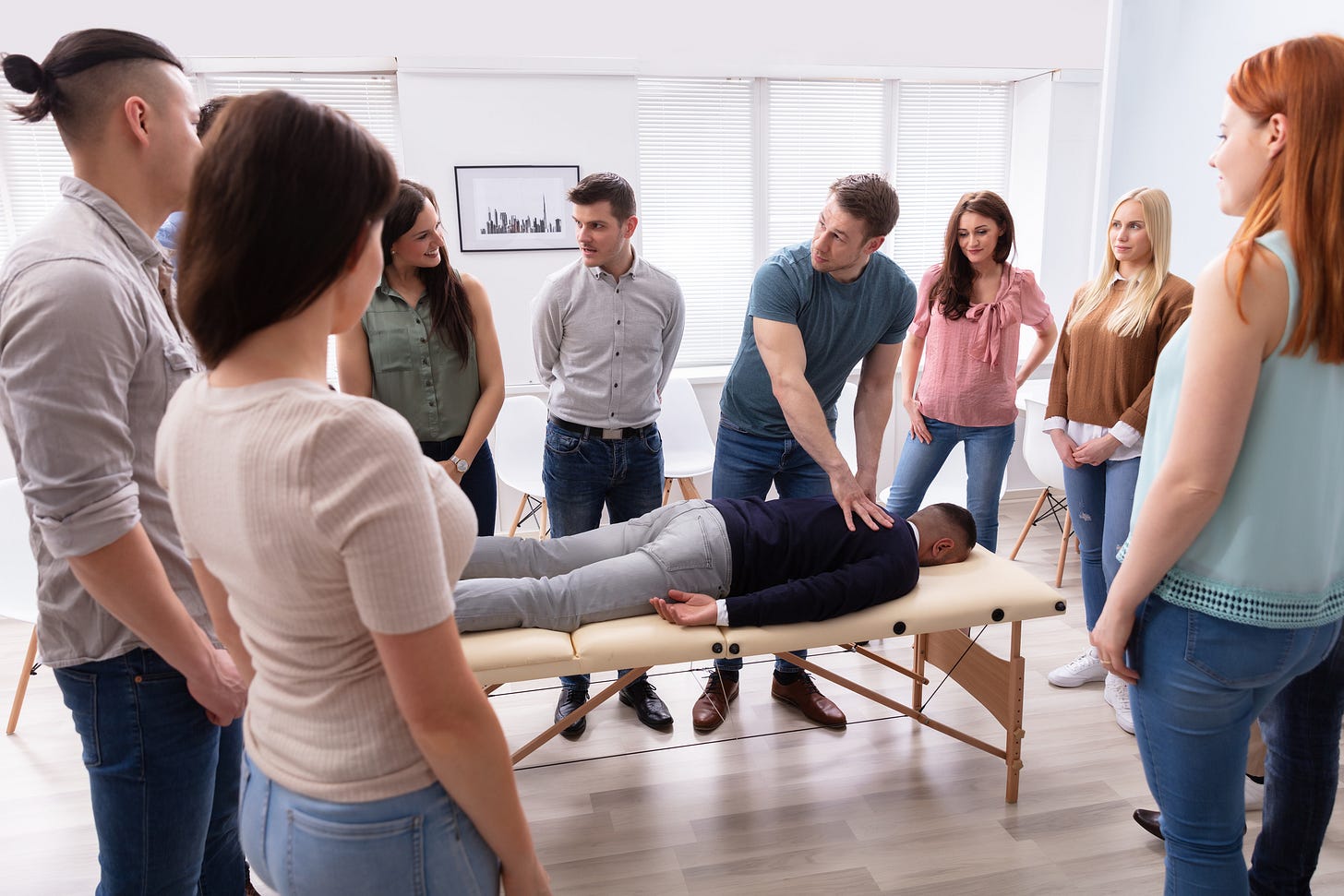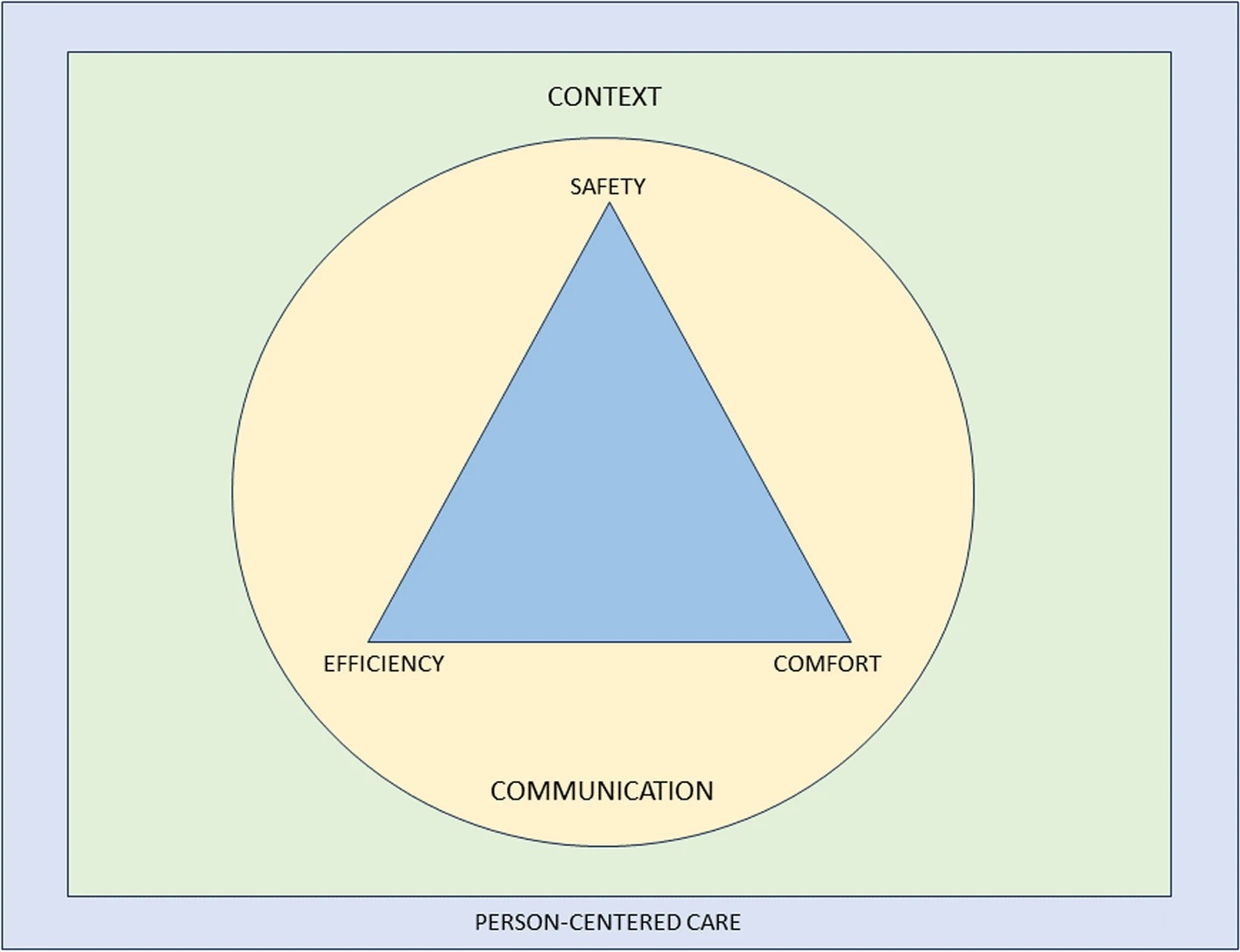For more than two decades, we have known that Manual Therapy effects are different from historic theories and so our recent paper [1] suggesting a 'Modern Way' to practise and teach it rightly begged the question: what prompted the authors to create this framework now and why?
The paper, published in May 2024, was co-authored by a group of experienced, internationally based educators, clinicians, and researchers from across the spectrum of Manual Therapy (Physiotherapy, Osteopathy, Chiropractic and Soft Tissue Therapy).
It all started at the University of Nottingham with lead author Roger Kerry and colleagues. He, along with co-authors Ed Lee and Vasileios Georgopoulos taught Manual Therapy for a long time and, as with all programme content, adapted their approach year-by-year in line with the evidence.
There came a point when the way Manual Therapy was being taught looked significantly different from a traditional approach that was based on historical systems named after their initiators, biomechanical principles (concave-convex law etc) and the idea of targeted local tissue changes. These principles meant that traditional Manual Therapy has been built on a foundation of clinician-centred assessment, patho-anatomical reasoning and technique specificity.
We originally came up with a new framework of ‘safety, comfort, efficiency’ just to guide the learning in the classroom – we would simply draw this triangle on the whiteboard during sessions - and soon found it was a sufficient guide to be able to teach effective, highly-skilled hands-on techniques. From then on, we found that the teaching and learning of Manual Therapy for undergraduate and postgraduate students was far more effective and meaningful as it was stripped of all the unnecessary detail and minutiae that had built up over the years through taking a traditional approach.





